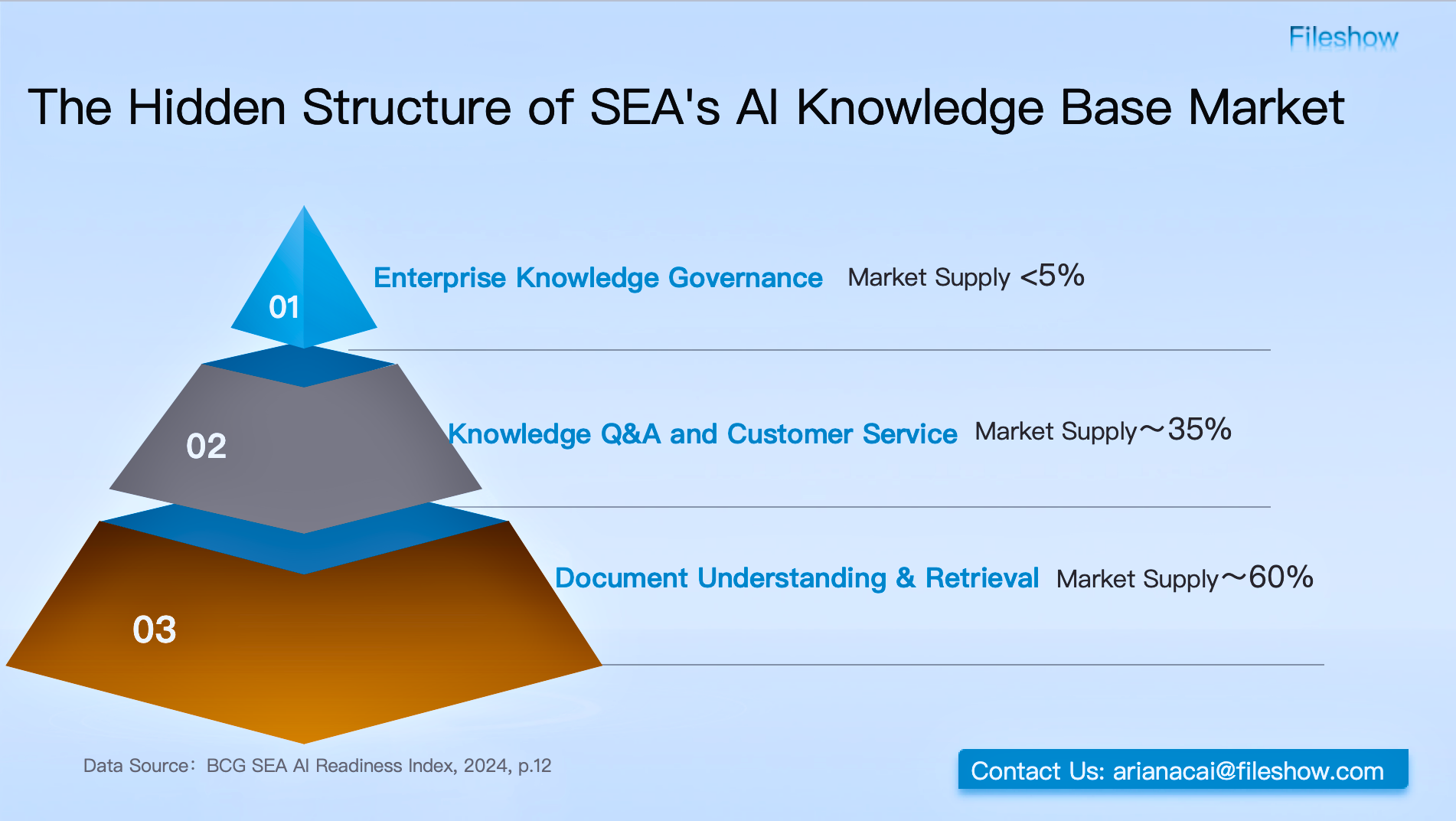Case study: Sustaining Retail Growth in the New Consumer Age
As the retail sector's competition grows, digital transformation is increasingly adopted. However, retail chains encounter challenges such as large distributor networks, complex structures, and inadequate real-time communication among staff regarding promotions and training. Additionally, enterprises struggle to gather timely market and store data, and headquarters are slow to react to regional demands. While structured data is well-managed by systems like ERP and CRM, over 85% of unstructured data remains poorly stored and unmanaged.
1. Decentralized corporate file storage
File storage is fragmented across personal computers, USB drives, and NAS systems, leading to a risk of losing critical corporate digital assets. Damaged hard drives, lost USB drives, or employee turnover can result in the irreversible loss of valuable documents such as market analysis reports, marketing plans, design drafts, promotional strategies, and business data.
How does Fileshow work?
FileShow offers centralized file management for businesses and integrates with existing authentication systems like AD or LDAP. It ensures member accounts are independent, enabling swift file sharing. Upon employee departure, admins can simply remove the user from the system, automatically preserving company data and revoking access, minimizing data loss risk.
2. Difficulty in internal collaboration
Enterprises face information silos, hindering timely data sharing between departments, headquarters, and stores. For instance, when launching a new product, the product department must disseminate extensive information to marketing and sales, which then uses this data to create brochures and promotional materials. Some companies rely solely on email for external collaboration, limiting the exchange of large files and complicating communication with stores and supply chain partners.
How does Fileshow work?
Fileshow provides real-time file sharing, file discussion, and other collaboration functions among employees based on department library and project library.
At the same time, it supports full-terminal synchronization, easy work anytime and anywhere, even on a business trip, you can use the mobile terminal to consult data and transfer files, and a variety of formats can be previewed and replied to on the mobile terminal.
Headquarters and stores can be through multi-end file synchronization, sharing folders, sharing links and other ways to help headquarters and stores quickly collaborate and share documents, store employees at any time to obtain the latest product information, promotional information, brochures, etc., headquarters quickly obtain store, regional market information, to ensure that the company's information is highly consistent.
3. Design department material control is disorganized
Design department files are often isolated on personal computers and mobile hard disks, leading to collaboration challenges due to file size. Outsourced design materials lack effective management for reuse. Additionally, decentralized storage of design files fails to meet the needs for efficient retrieval and organization.
How does Fileshow work?
- Build a material center for design and publicity documents, which is convenient for designers and advertising companies to upload and archive materials;
- Through the function of tags (groups), quickly classify the documents;
- Picture/video thumbnail mode, convenient for users to quickly preview the material;
- Quick preview of large files (pictures/videos, etc.), so that users can accurately find the content they need;
- Multi-condition file retrieval, allowing designers to quickly find the needed materials.
4. File management problems of upstream and downstream suppliers
Frequent document collaboration with external partners is challenging, and mobile access to files is a growing demand. The multitude of distributors complicates establishing a unified information outlet. Complex distribution channels increase the risk of information misplacement or loss, hindering timely and accurate execution of activity plans in stores.
How does Fileshow work?
The platform unifies file management, enabling one-click distribution of product info and promotional materials via external links or cloud attachments, and facilitates one-to-many file collection with upload links. It establishes separate structures for suppliers and distributors, with hidden internal contact lists to ensure data isolation. Online file previews are available, conserving network resources and promoting efficient cross-departmental collaboration, ensuring seamless execution of online and offline activities.
5. Document flow without audit trail
Currently, document operations are conducted via email and other tools, making it impossible to track document circulation. Additionally, once an employee departs, accessing their previous file operation records becomes unfeasible.
How does Fileshow work?
User operation data, including that of departed staff, is swiftly stored in the cloud, allowing for retrievable operation logs and security audits. Beyond file audits and access controls, FileShow features a secondary recycle bin to prevent accidental deletion of critical data. It also manages device access for enterprise members, mitigating the risk of data breaches due to lost equipment. Additionally, a watermark is applied to previewed files, aiding in leak traceability.
Leveraging innovative technology and extensive experience, FileShow offers comprehensive digital file management solutions to retailers. This enables them to focus on strategic initiatives, enhance customer experiences, and make smarter decisions for greater business value, facilitating their digital transformation journey.

